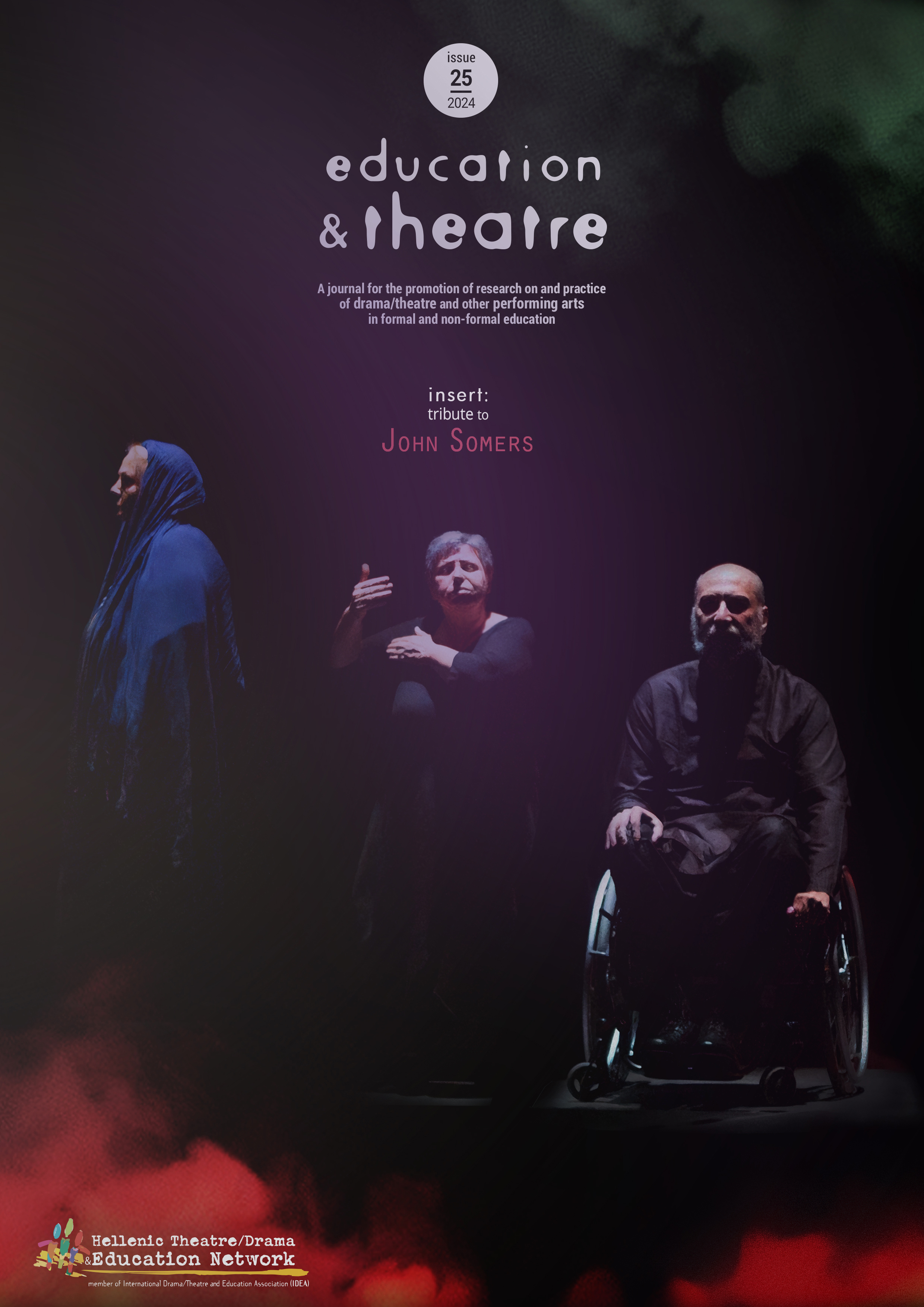From therapeutic to artistic-political examples The historically shaped dimensions of art involving people with disabilities and the Greek cultural context

Abstract
Art involving disabled people and artists is a field that is gradually attracting the interest of academics, researchers, artists and cultural organisations in Greece. However, the relatively limited theoretical and research scope of the field requires an exploration of different trends in relation to the arts, and in particular theatre and people with disabilities. The first part of this study explores the different artistic practices related to disabled people and artists through specific, historically shaped dimensions. The second part focuses on the relevant research and the structure of artistic practice and education of disabled people in the Greek cultural context. Through a theoretical analysis of the above data, the study attempts to discuss how the historically shaped dimensions of art involving people and artists with disabilities are intertwined with the artistic practice and education of disabled people in the Greek cultural space.
Article Details
- How to Cite
-
Koltsida, M. (2024). From therapeutic to artistic-political examples The historically shaped dimensions of art involving people with disabilities and the Greek cultural context. Education & Theatre, 25, 10–23. https://doi.org/10.12681/edth.37341
- Section
- Research Articles





